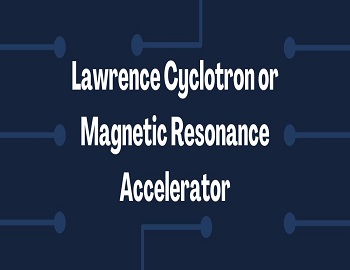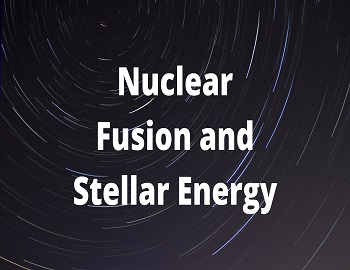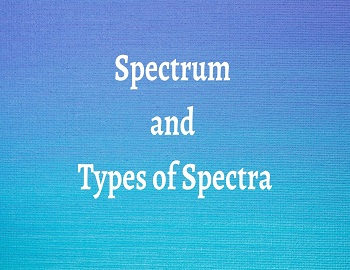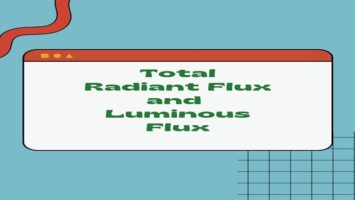Table of Contents
Cyclotron Definition:
Cyclotron is a device developed by Lawrence and Living stone by which the positively charged particles like proton, deuteron etc. can be accelerated.
Cyclotron Principle:
It is based on the principle that a positive ion can accelerate to sufficiently large energy with a comparatively smaller alternating potential difference by subjecting them to a.c. voltage and high, uniform magnetic field.
The energy of the particle is raised while moving through a spiral path of increasing radius as long as the resonance condition is maintained.
Cyclotron Construction:

- It consists of two hollow, semicircular metal boxes called dees i.e. D1 and D2 (due to their shape) placed with their diametric edges parallel to each other.
- There is a little gap between two parallel surfaces of dees at the centre of which “+ve ion source” is placed.
- Dee’s together with the source is placed in another circular metal chamber containing gas at very low pressure.
- Poles of electromagnet surround the area covered by the metal chamber.
- High accelerating potential (of a.c. type) is applied to the dee’s.
- To remove out the ions of high energies from the cyclotron, a deflecting electrode is used which is maintained at high negative potential.
Cyclotron Working:
- A positive ion is produced at S.
- This ion enters that dee which is at the negative potential at that instant (let D1).
- Due to the presence of a uniform magnetic field, ions undergo a semicircular path of constant radius (i.e. no change in its energy while moving through dee).
- There is no electric field inside the dees. Therefore, the velocity of the ion is constant while passing through dee, but if the instant at which the ion arises at the diametric end of D1 is equal to the time of reversal of the applied electric field, then the ion will enter D2 (because now D2 became negative) i.e. due to the positive potential at D1 ion is repelled and hence while passing through air gap it is accelerated and with increased but constant radius it will undergo a semicircular path through D2.
- Thus ions move faster and faster, moving in ever-expanding circles (i.e. spiral) till they reach the periphery of the dees and are let out through a window using a deflecting electrode as shown in the figure.
Cyclotron Derivation:
| Let m, Q and ν be the mass, charge and velocity of a positive ion. B = Magnetic Field Intensity (applied perpendicular to the plane of dee’s). r = radius of a semicircle. Then the centripetal force of circular motion is provided by magnetic force i.e. mν2/r = BQν ⇒ ν = BQr/m ……….(i) Now at the periphery, ν = νmax. ⇒ r = R ∴ νmax. = BQR/m ……….(ii) Where R = radius of dees Also, the angular velocity of ion is- ω = 2πf = νmax./R ⇒ f = νmax./2πR or f = BQ/2πm ……….(iii) Where f is the frequency of accelerating particle. |
Resonance:
To accelerate the ion, the time taken by it to pass through each dee should be exactly equal to the time for the reversal of the polarity of a.c. voltage i.e. the frequency with which ions are accelerated (cyclotron frequency) should be equal to the frequency of the applied electric field.
| Thus, f = f0 = BQ/2πm ……….(iv), resonance condition |
Maximum Energy of Ion:
| Emax = (1/2) mν2max = (m/2) (B2Q2R2/m2) Thus, Emax = B2Q2R2/2m ……….(v) Also, for V applied voltage and N revolutions, Emax = NQV Particles are accelerated up to energies of 40 MeV to 80 MeV. |
Limitations of Cyclotron:
(1) Electrons cannot be accelerated by a cyclotron because of large relativistic variation (increase) in its mass with a velocity at low energies.
(2) Maximum available particle energy from cyclotron is limited due to the maximum strength of the magnetic field as well as the frequency and power limit of the oscillator.









Comments (No)